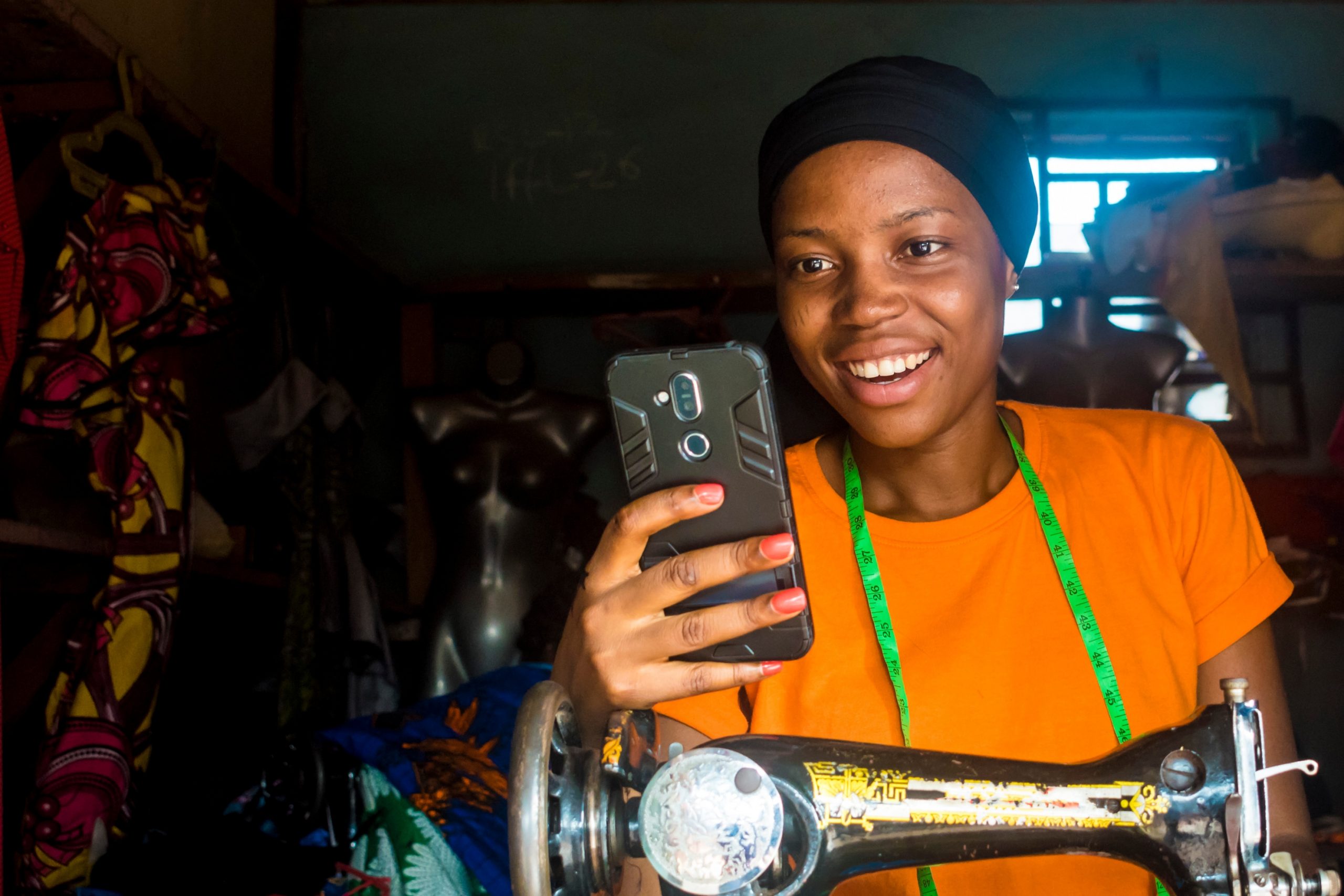How platform data can help MFIs better serve small businesses as they go digital
Around the world and in Sub-Saharan Africa, the COVID-19 pandemic spurred an acceleration in digitalization, as businesses and people shifted online to transact for goods and services. Meanwhile, banks and MFIs (microfinance institutions) have been engaged in their own shift to digital, and the last few years have seen significant investments in bold, ambitious projects to create consumer credit products that scale.
But to build a new lending model that’s healthier, more sustainable and more inclusive, it may help banks and MFIs to stop worrying about their digital transformation and look more closely at how their customers are transforming – in many cases, thanks to digital platforms.
Take these three cases of informal entrepreneurs:
The fisherwoman
Adwoma sells and processes fish caught by her husband and their family of fishermen in the Gulf of Ghana. COVID-19 restrictions were particularly devastating as markets were closed, and middlemen took advantage to buy her catch at a loss. But soon Adwoma found another solution by joining a small platform that connects fisherfolk directly with final consumers who order and pay by phone. Credit would allow Adwoma to finance fishing trips or even pay for refrigeration to reduce losses from spoilage.
The food stall owner
After borrowing money from family to get started, for the last ten years business was modest but steady at Jean’s food stall in Senegal. But since signing up to one food delivery service platform last year, and then another this year, his orders have more than doubled. Now, it’s a balancing act to manage in-person customers with platform orders, especially as online customers can so easily leave negative feedback for delays or mistakes. Family members help out, but what Jean really needs is additional equipment – an extra fryer, for example – so he can serve all his customers at peak times.
The e-commerce seller
Jasmine is a 25-year-old seller with a small but growing online shop offering a curated selection of Made in Cameroon clothing, jewelry and food items. She first started casually reselling items she found to her extensive network of Facebook friends using mobile money. Then she took the leap and set up her shop on a well-known digital platform – and she has ambitions to sell abroad in Europe and America. With access to credit, Jasmine could source and stock more inventory, get professional photography for her products and invest in paid Instagram campaigns to help her business stand out from the competition.
Platform data and creditworthiness
Adwoma, Jean and Jasmine are just three examples of informal sector entrepreneurs that traditional financial institutions with traditional socio-demographic-based credit models don’t reach. Alternative credit scoring has been trying to get there, but phone usage and social media data are just proxies for the kind of real financial flow data we see from platforms. When equipped with risk assessment and decision models that intelligently make use of this transactional platform data, lenders may be able to build a strong case for why each of these informal entrepreneurs is in fact creditworthy.
Defining the loan purpose
Platforms provide a strong, salient context for credit. Digital entrepreneurs will most likely take a loan to expand their business based on clear objectives that can be linked to their business activity. While they’re borrowing for “off-platform” activity – say, Jean borrowing to buy a fryer, or Jasmine borrowing to invest in Instagram advertising – their purpose for borrowing can be defined and to some extent measured in terms of business impact.
Enabling automatic repayment
Another advantage of platform data is that it can improve the performance of embedded lending solutions – native loan products built and offered by the platform – through automatic repayment. Automatic repayment enables loan repayment to be deducted from future earnings, giving a very strong boost to repayment likelihood.
The challenge of scale
There are still challenges in devising products for entrepreneurs in the informal economy. In the examples above, each entrepreneur varies in their digital literacy, phone sophistication, data plans and local internet penetration. A product built for Adwoma may not be the same in terms of complexity, personalization, communication or user experience as one built for Jasmine. This may suggest a limit to scale. But with the right data and embedded lending services, that scale – and loan repayment performance – might be well beyond what we can imagine now.
With digitalization continuing apace, and more and more people buying, selling and performing services via platforms, there’s a new opportunity to leverage platform data as the groundwork for healthier, more sustainable and more inclusive finance.

